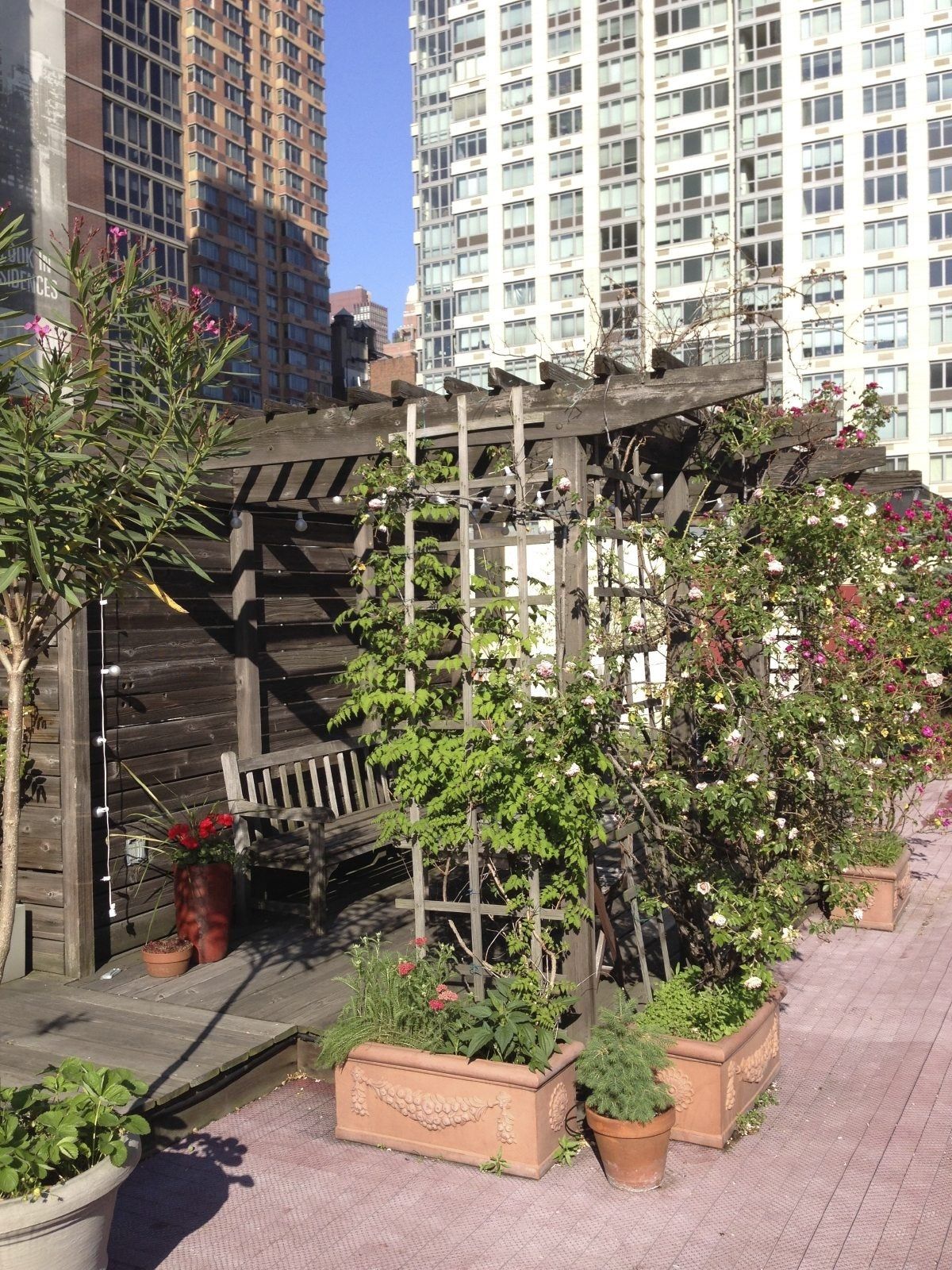Getting The City Blooming To Work
Table of ContentsThe Basic Principles Of City Blooming Getting The City Blooming To WorkLittle Known Facts About City Blooming.City Blooming for BeginnersGetting My City Blooming To Work
Intrigued in growing food for sale in the City of Chicago? Below is a list of frequently asked concerns concerning the policies and regulations that cultivators ought to take into consideration when planning an urban farming job.
The zoning amendment does not customize any other codes managing composting, structure permits, acquiring or renting City had home, organization licenses or environmental contamination. There are existing codes that control these concerns and they remain in full result and might apply to your job. Community gardens are typically possessed or taken care of by public entities, public organizations or community-based companies and kept by volunteers.
Urban ranches expand food that is planned to be marketed, either on a not-for-profit or for-profit basis. Due to their business objective, city farms call for a company certificate.
City Blooming Can Be Fun For Everyone
Composting is allowed however just for plant product that is generated and utilized on website. The quantity of garden compost material can not go beyond 25 cubic backyards at any type of provided time according to the criteria in 7-28-715 of the City's Municipal Code. Yes. Since the dirt at the majority of new yard websites needs amending, compost, dirt, wood chips, or various other products can be acquired to construct or enhance the growing area - landscaping.

If a building authorization is needed then the hoophouse will be taken into consideration an accessory building. You can discover out even more about the building authorization needs by contacting the Division of Buildings. The 25,000-square-foot size restriction is planned to avoid a solitary neighborhood yard from dominating an offered block or interfering with the block's existing domestic or business character.
The limitation does not apply to gardens situated in Public Open Area (POS) districts. Can there be even more than one area yard that is 25,000 square feet on a single block? Secure fencing is not needed, however, yards that have huge vehicle parking locations might be called for to set up fencing or various other landscape design functions.
The Best Strategy To Use For City Blooming
B1 & B2 districts click for more require that all commercial usage tasks be carried out indoors. Is fencing required for city ranches? Fences might be required, along with landscape design and testing, for particular car parking locations and exterior work or storage space locations depending on place and the particular activity taking place.
Urban ranches require structure authorizations and zoning authorizations prior to building and construction (City gardening). Various other forms of city testimonial might be required depending on specific frameworks, activities, size, landscaping, licensing, public health and stormwater administration issues.
The Department of Business Matters and Consumer Security can assist determine the details type of service permit that's needed. Off street vehicle parking is required for most business tasks in Chicago. The needed number of auto parking spaces is based on the number of staff members working on website and not the square footage of the growing area.
City Blooming - An Overview

An urban farm can offer garden compost product created on site, nonetheless, the procedure needs to comply with the regulations in 7-28-715 of the Chicago Municipal Code. Aquaponic systems are allowed inside on city farms in numerous zoning areas.
As much as five hives or nests of honey bees may be maintained as an accessory use. Beekeepers have to sign up with the Illinois Department of Agriculture. To learn more concerning the recommended zoning modification you may get in touch with the Division of Real Estate and Economic Advancement, Bureau of Planning and Zoning at 312.744.8563.
Farming in cities and city locations A city ranch in Chicago. Urban agriculture describes different methods of cultivating. https://www.pageorama.com/?p=cityblooming, processing, and dispersing food in urban locations. The term likewise applies to the area tasks of pet husbandry, aquaculture, beekeeping, and gardening in an urban context. Urban agriculture is distinguished from peri-urban agriculture, which happens in rural areas at the side of suburbs.
Top Guidelines Of City Blooming
, that seek to create social networks established on a shared values of nature and community holism. These networks can develop by method of official institutional support, becoming incorporated into regional community preparation as a "shift community" activity for sustainable city development.
Some of the first evidence of urban farming comes from Mesopotamia.